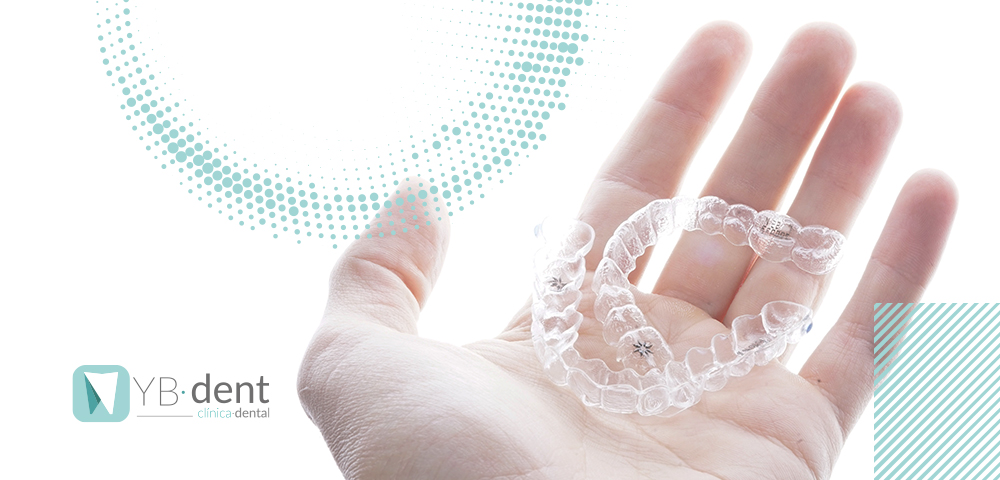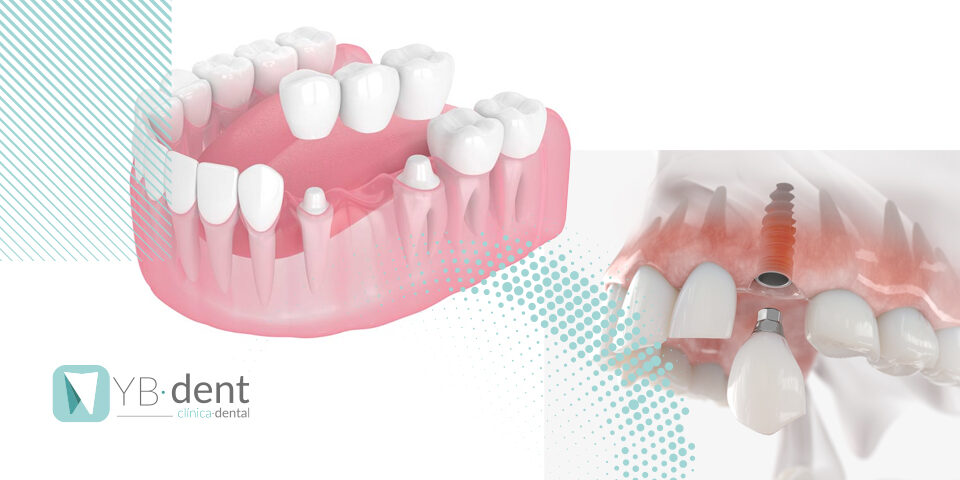Invisalign, ventajas y cuándo está indicado

El tratamiento Invisalign es conocido por ser una ortodoncia invisible. Actualmente es uno de los métodos más utilizados para alinear los dientes o la corrección de las maloclusiones.
El método innovador, como es el invisalign, está compuesto por una férula transparente hecha a medida para cada paciente, en la que se colocan accesorios en el interior para controlar los desplazamientos de los dientes que quieres llegar a tener.
La ortodoncia invisible no usa ni brackets ni alambres evitando así las molestias más comunes que suceden cuando utilizas la ortodoncia tradicional.
El tratamiento invisalign está hecho de plástico y se cambia cada dos semanas aproximadamente según los expertos. Además, aparte de ser la férula invisible también es móvil, es decir, el paciente puede quitarse la prótesis cuando lo necesite, por lo que es mucho más cómodo.
Ventajas de la ortodoncia invisible
- La ortodoncia invisible es móvil, por lo que puedes quitarte la férula cada vez que lo necesites.
- Al ser invisible también es estético y nadie notará a simple vista el
- Invisalign es tan eficaz como la ortodoncia tradicional, por lo tanto es capaz de corregir cualquier desalineación en los dientes.
- A diferencia de los aparatos, la férula invisible es predecible en la evolución de los dientes. ¿Cómo es esto posible? Pues bien, gracias a que los juegos invisalign que se van a necesitar se piden al mismo tiempo, el especialista ya sabe cómo va a evolucionar la dentadura.
El software informático ClinCheck es el que consigue saber la evolución de la dentadura y saber cómo deben ser los aparatos invisibles para cada paciente.
Diferentes tipos de invisalign
Existen dos tipos diferentes de aparatos invisibles diferentes y cada uno está indicado para ciertos problemas o ciertos diagnósticos.
En un primer lugar, está el invisalign full, es la versión más completa de la ortodoncia invisible y está indicada para aquellos pacientes que requieren de correcciones tanto de alineamiento como de mordida.
Las únicas diferencias que podemos encontrar con otro tipo de invisalign es la duración del tratamiento, los invisalign full tienen una duración de entre 14 y 36 meses. Además, dependiendo en la clínica dental a la que acudas con el invisalign full tendrás un número ilimitado de férulas desde el momento de la planificación.
En cuanto al invisalign lite su duración es menor ya que los aparatos están centrados en los pacientes con problemas más leves en su ortodoncia.
Las fases del tratamiento Invisalign
A continuación se explicará las cinco fases del tratamiento invisalign que deben seguir los pacientes.
- La primera visita y el estudio de la ortodoncia de cada paciente. Al principio de cada tratamiento es necesario un estudio por parte de un especialista, para que determine un diagnóstico completo.
- La fabricación de los brackets invisibles. Como ya hemos nombrado antes, la fabricación de las férulas es personalizada para cada paciente y se realiza mediante un software informático llamado ClinCheck.
- El tratamiento completo del invisalign, una vez ya se han diseñado los aparatos invisibles, el paciente acude a la clínica para recogerlos y se realizará un seguimiento para comprobar los avances o los problemas que puedan surgir.
- Los refinamientos, la función de esta fase es fundamental, ya que el ortodoncista debe decidir si se finaliza con el tratamiento o si el paciente continúa un tiempo más con las férulas invisibles.
- El final del tratamiento, la retención. Cuando se finaliza el tratamiento y ya no es necesario seguir con invisalign, los dientes tienen “memoria”, por tanto es muy importante que el paciente siga con las indicaciones del odontólogo y se coloque los retenedores. Existen dos tipos, los retenedores fijos o los retenedores removibles.
Si aún no estás convencido/a, echa un vistazo en nuestra web con el antes y el después del tratamiento ¡es increíble el resultado!
Acude a nuestra clínica Dental YB-dent y te explicaremos al detalle en qué consiste el tratamiento.



